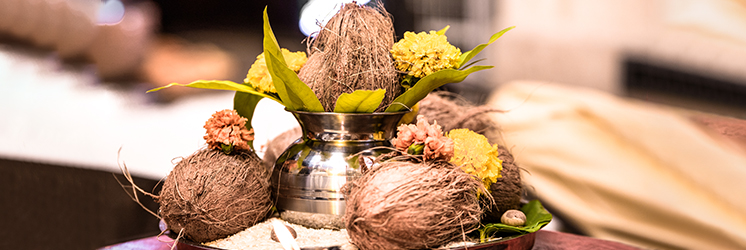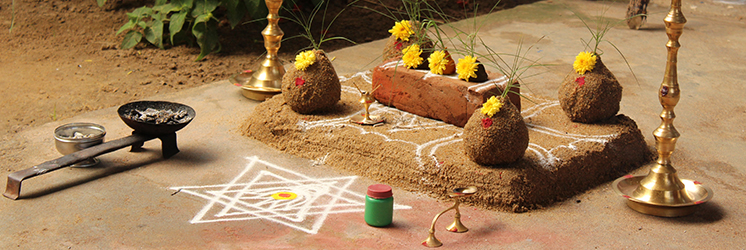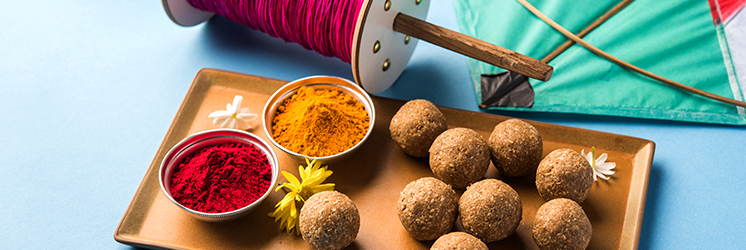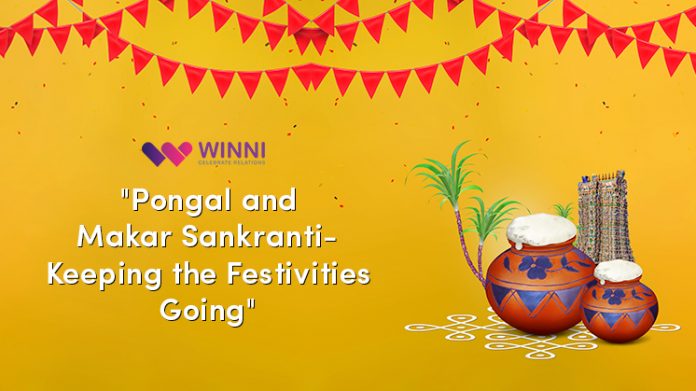Now that we have waved goodbye to 2022, it’s time to welcome the Indian festivities: Pongal and Makar Sankranti. Every time we step into a new year, the Indian culture starts celebrating its own festivals. We are not unfamiliar with the diversity in India and its unique regional customs. On that note, parts of the nation are gearing up to honor their traditions. The South will lighten up for Pongal. On the other hand, the sky of the nation will get vibrant with colorful kites in Makar Sankranti.

Thanks to the Indian heterogeneity, the lights of the festivals never fade out. Likewise, after celebrating the new year, Pongal and Makar Sankranti are underway. We jump from parties to traditional celebrations in just a couple of weeks. These occasions are a time to come together and relish the warmth of relations and stay connected to our culture. Needless to say, we all have heard of the festivals, but do you know how and why we exactly cherish them? Well, look no further as we have all your questions answered.
Why do we celebrate Pongal?
We can call Pongal “the Indian Thanksgiving.” The reason being the day is to pay respect to mother nature, the sun, and the farm animals that assist in a lucrative harvest. The festival occurs in mid-January every year, which also is the beginning of the Tamil month: Thai. Pongal goes on for four consecutive days- Bhogi Pongal, Surya Pongal, Maatu Pongal, and Kaanum Pongal.

How to celebrate Pongal traditionally?
- Day 1: Bhogi Pongal
It is when people start making their place more hygienic and clean. They discard the old stuff and decorate the home with flowers and leaves. In other words, you can say it is the preparation for the following days. Bhogi Pongal is meant to get ready for a fresh start and indulge in the spirit of festivity.
- Day 2: Surya Pongal
Surya Pongal is the main day of the festival where people thank the God Sun. Also, a traditional dish ‘Pongal’ is cooked in a pot. It is a sweet dish made with rice and milk. The dish is first served to the Sun God, later followed by a treat for other people. Moreover, the people grace the entrance of the house with a pattern called Kolam.

- Day 3: Maatu Pongal
Maatu Pongal is specially dedicated to the farm animals that contribute to the advance of cultivation throughout the year. On this day, the cattle or Maatu are worshipped and honored for their hard work. The cows being bath, prayed upon, and embellished with garlands, colorful beads, and bells.
- Day 4: Kaanum Pongal
Kaanum Pongal is devoted to the respective communities to intensify the bond. All the families gather to have a splendid meal and enjoy themselves by dancing to mayilattam, kolattam, or other traditional folk music. Likewise, the younger ones seek the blessings of the elders for their auspicious lives.
Why do we celebrate Makar Sankranti?
Makar Sankranti or Uttrayan has religious and seasonal significance in the Hindu calendar. It falls on January 14 every year marking the beginning of a new harvest season and the winter end. Like Pongal, this day is also dedicated to the God Sun and the approaching longer days. On the day, farmers across the nation pray for a prosperous yield.

How to celebrate Makar Sankranti traditionally?
Traditionally, Makar Sankranti is celebrated by thanking and praying Lord Sun. They offer water to the god and pray for their success and prosperity. Also, people take a dip at the holy water to wash their past sins. As with every festival, the house is cleaned and scrumptious dishes are prepared to have it together with family. The best part, you all get to fly kites and fill the sky with vibrant colors.




